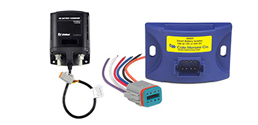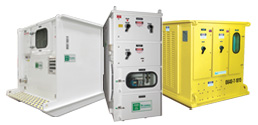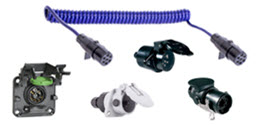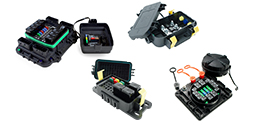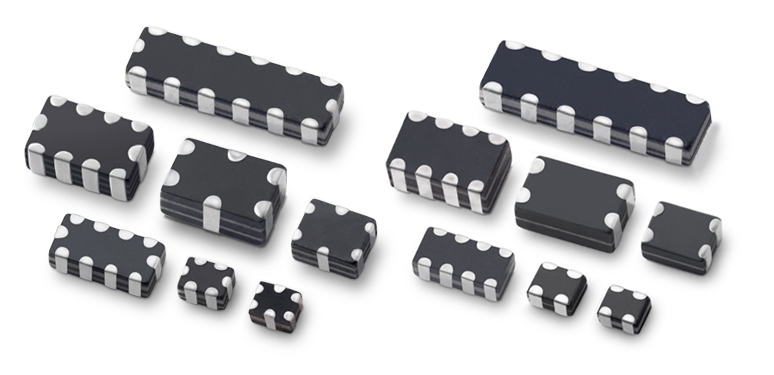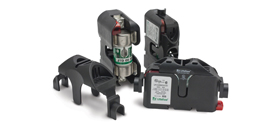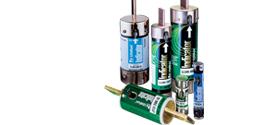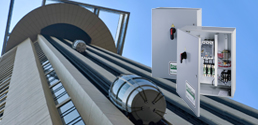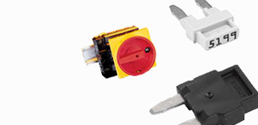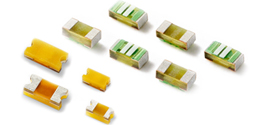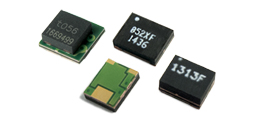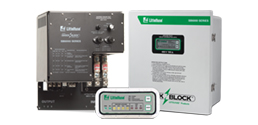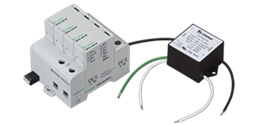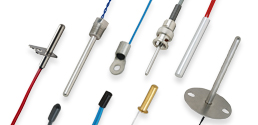Situation
Tim Deschamp from Evans Enterprises, Tulsa, Oklahoma, was working with a customer to help them resolve and reduce a critical issue with an electrical hazard in their furnace control room. An earlier arc-flash analysis had determined that one 480-volt cabinet, which was fed from a 3500 kVA transformer, exceeded an arc-flash Hazard Risk Category 4 (HRC). This meant that a worker was not allowed to approach the cabinet if it was open. The door to the cabinet was therefore kept closed, and everything related to it was done remotely. The problem was that the cabinet, along with the associated transformer, were accessible to employees. This was clearly an unacceptable and unsafe situation.
"Had this relay not been there, they were looking at between $800,000 to $1 million of cost..."
Deschamp knew that to be able to work on the cabinet or lower required PPE, he needed to find a way to lower the HRC. He selected the PGR-8800 Arc-Flash Relay from Littelfuse, which could be easily retrofitted in to the existing cabinet. This device can lower incident energy by detecting a developing arc flash and sending a trip signal to the breaker within 1 ms. Deschamp was wary of durability and maintenance problems that he had experienced with other relay manufacturers and wanted a solution that would be both reliable and easy to maintain.
Deschamp installed the Littelfuse PGR-8800 Arc-Flash Relay in the controls section of the cabinet, with two light sensors mounted in each of the three power compartments. The trip output of the relay was connected to the shunt trip input of the main breaker.
Trial by Fire
The timing of this installation was incredibly fortunate. Over the years, sand used in the manufacturing process had accumulated around the cables in the pit below the cabinet; the cable insulation had become brittle as a result. It was just a matter of time before something happened, and only one week after the PGR-8800 was installed, the plant experienced an arc-flash incident. Had the PGR-8800 relay not been there, this incident would have caused catastrophic damage to the facility and months of downtime. It all started as a phase-to-ground fault in one of the cables below the cabinet. The arc tracked up the cable to the main bus inside the cabinet, where it threatened to escalate into a three-phase fault, drawing more energy and potentially destroying the cabinet, and possibly, the plant—not to mention the effect on any of the people who were usually nearby.
As the arc reached the cabinet, all six of the light sensors reacted to the bright arc-flash light, even the ones that didn’t have a direct line of sight. The arc-flash relay responded immediately, sending a trip signal to the main breaker in less than 1 ms. Deschamp was able to confirm this as each sensor shows its trip status. Without the PGR-8800, the main breaker would not have reacted fast enough to stop the catastrophic arc flash. Instead, damage was minimal: a thumb-sized piece of metal was burnt off one of the bus bars. The cabinet and the switchgear inside suffered only minor damage.
$1 Million Savings
“Had this relay not been there, they were looking at between $800,000 and $1 million of cost, considering downtime and equipment replacement,” Deschamp said. “Besides the lead-time for delivery and the installation, they would have had to cut a hole in the outside wall of the plant to install it.” Deschamp estimates that lead-time on electrical equipment of that size, with 4000-amp capacity, would be anywhere from 10 to 24 weeks— and that’s just for delivery, not installation.
"It was a very easy installation compared to most relays"
The actual cost of the replacement switchgear would have been a small portion of the overall loss for the plant. Instead, the entire cost to the end-user was only $6000, which included replacing a few insulators and a portion of the bus bar. Fortunately Evans Enterprises, Tulsa, Oklahoma, was able to obtain the 1970s-vintage equipment and the plant was back up and running within 24 hours. Immediately after the incident, the customer requested that Deschamp install Littelfuse PGR-8800 Arc-Flash relays in all of their larger electrical cabinets.
Summary
This is an example of how a minimal investment of just a few thousand dollars can save tremendous costs in lost equipment, downtime and production, not to mention the risk of employee injury or fatality. This customer was fortunate with his timing, but a proactive strategy is recommended when it comes to protecting critical assets and employee safety. An arc-flash relay is an integral component of an arc-flash protection scheme that can minimize damage and save money, time, and lives. For more information on the PGR-8800 Arc-Flash Relay, visit Littelfuse.com/ArcFlash

